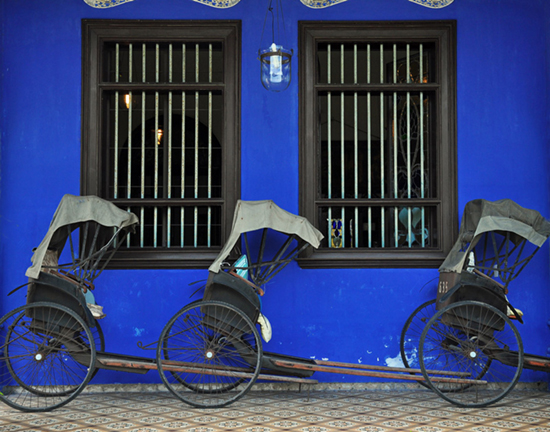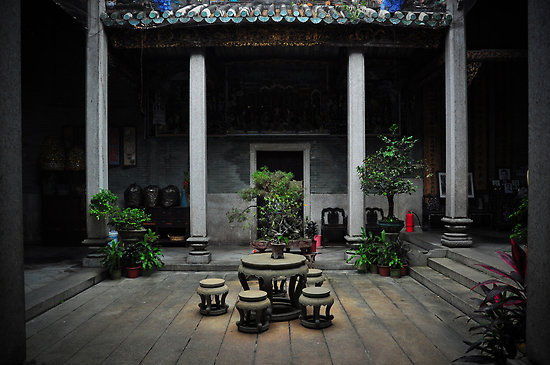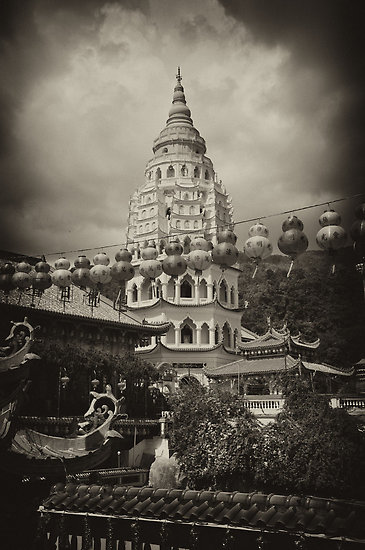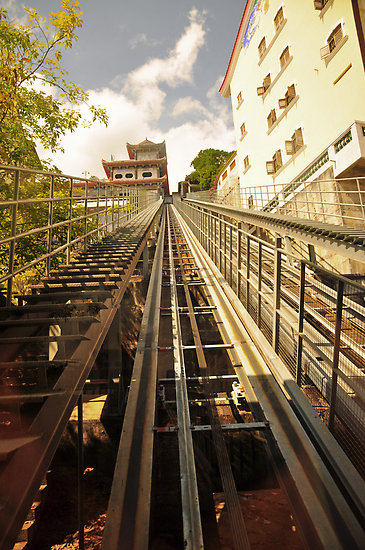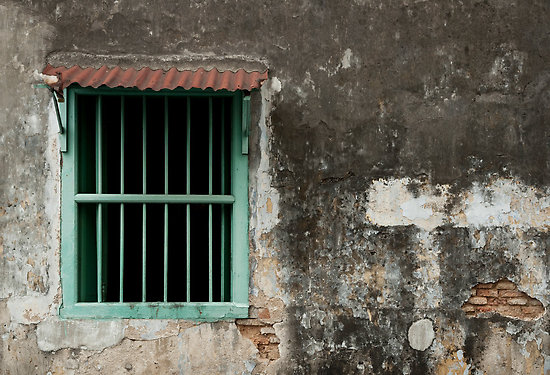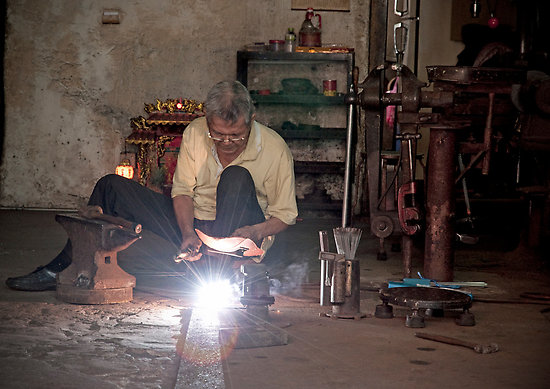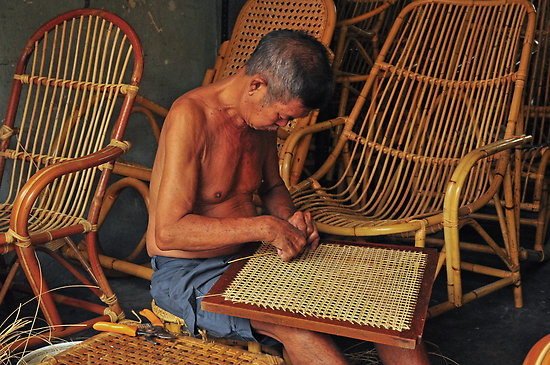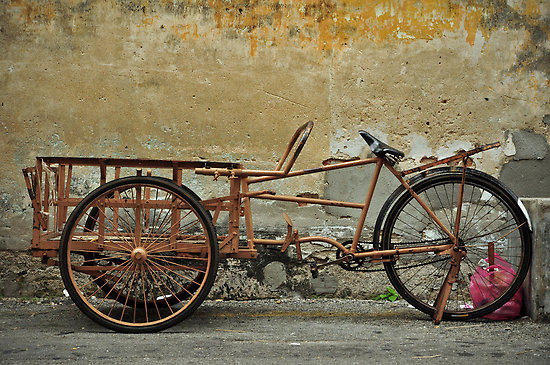Nicknamed ‘The Pearl of the Orient’ my home town of Penang has undergone something of a renaissance in the years since its listing on the UNESCO world heritage register. The UNESCO citation describes it as ‘a unique architectural and cultural townscape without parallel anywhere in East and Southeast Asia’.
More particularly the citation reads:
‘Melaka and George Town, Malaysia, are remarkable examples of historic colonial towns on the Straits of Malacca that demonstrate a succession of historical and cultural influences arising from their former function as trading ports linking East and West. These are the most complete surviving historic city centres on the Straits of Malacca with a multi-cultural living heritage originating from the trade routes from Great Britain and Europe through the Middle East, the Indian subcontinent and the Malay Archipelago to China. Both towns bear testimony to a living multi-cultural heritage and tradition of Asia, where the many religions and cultures met and coexisted. They reflect the coming together of cultural elements from the Malay Archipelago, India and China with those of Europe, to create a unique architecture, culture and townscape.’
A perfect example of the confluence of cultures can be seen in the Cheong Fatt Tze Mansion (14 Leith Street) which has been hailed as a remarkable piece of Sino-Anglo architecture. It was built according to the principles of Feng Shui (being built on the dragon’s back i.e. a slope), utilising English clay tiles and stained glass, Scottish ironwork and local lime plaster. It was recently listed by Lonely Planet as one of the Top 10 Mansions in the world, alongside the likes of Villa d’Este in Italy. Whilst impressive, for my money the Peranakan Mansion (29 Church Street) is better presented, having been lovingly fitted out with period furniture and knick knacks. Additionally all the rooms at the Peranakan Mansion are available to look through, unlike Cheong Fatt Tze Mansion, which only has a few rooms open due to being used as a guest house.
The photo above is of the temple attached to the Peranakan Mansion in Georgetown. Unlike the rest of the mansion which was buzzing with tourists, the temple was a sea of tranquility with myself and my brother the only visitors. As I understand it, it is designed according to feng shui principles, with the recessed inner courtyard for collecting water which represents wealth. The water then slowly drains out through a series of pipes on either end of the courtyard which symbolizes longevity of wealth.
The main pagoda of the Kek Lok Si Temple complex is also architecturally very interesting, because it combines a Chinese octagonal base with a middle tier of Thai design, and a crown of Burmese design. Its location is such that it is perched on a hillside with magnificent views over Georgetown. It is well worth visiting, as it is constantly changing, with new structures being added all the time due to contributions from the Chinese diaspora in Penang. In fact they just recently completed the pagoda for the 30M+ tall statue of Kuan Yin (the goddess of Mercy).
The access to the Kuan Yin statue is by way of airconditioned elevator. It will set you back RM4 but it is well worth the price as the views of Georgetown from the top are stunning.
Many of heritage areas in Georgetown have fallen into disrepair over the decades as Penangites gravitated towards glitzy airconditioned shopping malls. This has been the case for as long as I can remember, but nevertheless there is something to be said for the faded colonial splendour of Georgetown. I for one still enjoy wandering its atmospheric streets and peering into the gloomy recesses of colonial-era shophouses for a glimpse of the past.
When was the last time you saw an anvil? or a blacksmith for that matter? These things have been largely relegated to appearances in cartoons and period movies with the onset of bulk manufacturing. However in Georgetown, a place where time seems to have stopped some 50 odd years ago, it is still possible to see blacksmiths plying their trade – not for the benefit of ogling tourists, but to make a living.
Mr Lee is one of the few remaining rattan and cane weavers in Georgetown. These skills are of such cultural significance and are in such decline that one of his contemporaries, Mr Sim Buck Teik has been listed as a living heritage treasure by the Penang Heritage Trust. A perusal of the living heritage list makes for alarming reading, the average age of these traditional craftspeople is ~70 years old, and it is hard to find apprentices to learn these trades due to a lack of profit.
It seems people nowadays would rather buy cut price pieces of furniture from China rather than handcrafted rattan and cane furniture. As my hotel was just next to Mr Lee’s shop, I would have a peek in everytime I walked by – but each time there would be no customers.
Another quintessential Penang sight are trishaws, which ferry everything from people to rubbish through the narrow streets of Georgetown. I found this particular one sitting disused down a little alleyway.
Stay tuned for more posts about my time in Penang.


